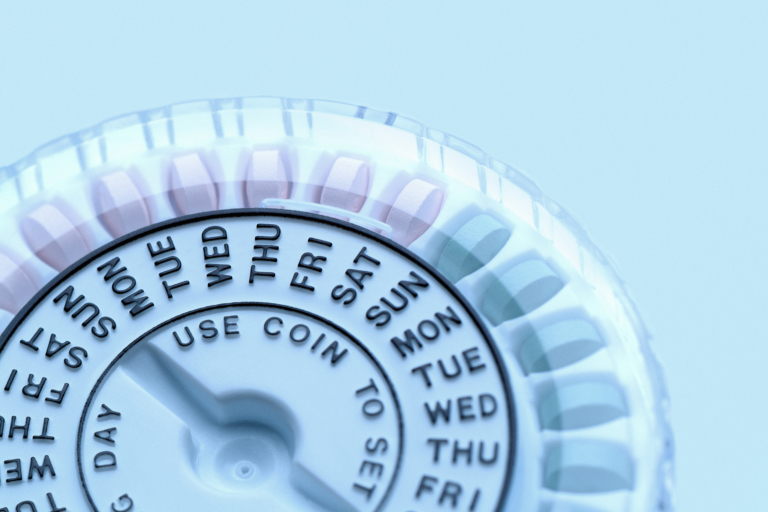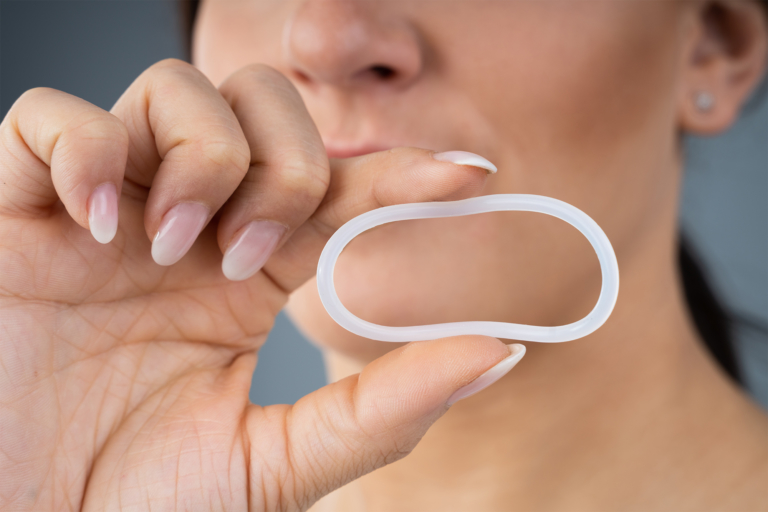Painful IUD insertion a warning sign
“It’s not just the pain; it’s also the deep biological sense that something in your body that should not be messed with is being aggravated, activating what I can only describe as a fight-or-flight response where you can actually do neither, since the threat is inside of you,” writes Casey Johnston of her experience with getting an IUD, in an article title “If Men Had to Get IUDs, They’d Get Epidurals and Hospital Stays.
“IUD insertion is at least as likely as not to be the worst pain you’ve ever felt,” Ms. Johnson declares. In the article, Ms. Johnson only advocates that women be provided better pain management to accompany this procedure, to silence the body’s warning signs.
“I went to the doctor to have it inserted, and the pain was the worst I’ve ever experienced,” relates a woman named Denise on IUDAlert.com. “No one told me to take ibuprofen either. I left the doctor’s office keeled over in debilitating pain.”
But is this kind of violence to a woman’s body normal and necessary for her to live her life? Is pain relief the best we can do? Or are we indeed messing with something that shouldn’t be messed with?
The meaning of pain
The body’s self-protective pain response may be worth listening to. The human immune system recognizes and reacts to foreign objects introduced into the body. Whether it’s sand in the eye, a bean up the nose, or a splinter in the skin, the body responds with a valuable message of pain. The body’s reactions work both to reject what doesn’t belong and to protect itself from harm. As we learn from the pain not to touch a hot stove, we avoid deadly harm to ourselves.
Cramps following insertion of the IUD, as the uterine muscles react and try to expel the foreign body, may continue over the coming months as the body adjusts to the device, Planned Parenthood’s website states. Side effects and complications of the IUD may continue as the body continues to voice its objection to the implantation of a device inserted where, in nature, nothing ever enters other than sperm. These signs may easily last three to six months, until “your body gets used to the new visitor in your uterus.” For some women, complications last the entire time they host this new visitor, and for some others, well beyond removal of the device.
An attractive option
The IUD is a popular birth control option; it offers long-acting, highly effective, and hassle-free pregnancy prevention. Between the early 90s and 2013, its use had increased by nearly 400 percent. Then in 2011, the Affordable Care Act brought down out-of-pocket costs. The numbers have grown especially among younger women who haven’t had a baby. Previously the IUD was marketed more to women in developing nations and older women who didn’t want to have any more children, and less to younger women, because the device was considered a risk to future fertility.
This new target market is the group most affected by severely painful insertion. About 17 percent of women who had never given birth and 11 percent of women who had delivered an average of two children reported severe pain with the insertion of their IUD.
As an estimated 159 million women worldwide use an IUD, we estimate that some 23 million of these women experienced severe pain with insertion.
Naomi & Madison’s stories
“Getting it in was the most painful experience I’ve even had,” writes Naomi, who got her first hormonal IUD at age 18. “It felt like someone blew me up with air, and I couldn’t breathe.” Severe pain, nausea, and heavy bleeding left her incapacitated for a week.
Her troubles weren’t yet at an end, though. Naomi reported that she continued to bleed every day for almost two years with little reprieve. She went on to experience a number of other side effects and complications from her IUD, including anxiety and depression, difficult periods, and a 50-pound weight gain.
Madison recounts that she was told that insertion of the IUD would cause some “light cramping.” Instead, she relates, “I experienced the worst pain I could ever imagine. . . . I have a very high pain tolerance. But, this was unbearable. It felt as though someone took a knife, stabbed me, and then twisted the knife.” Like Naomi, after a painful insertion, Madison suffered numerous ongoing and life-altering complications from the device.
Like labor pains
Rhandi, who had given birth naturally when she got her IUD, tells a similar story: “The pain of insertion was very similar to labor pains. It was intense and I was in shock after. I should not have walked home by myself.” She missed work the next day because she was in so much pain.
Numerous other harrowing accounts of particularly painful IUD insertions can be found in an article by Caroline Kitchener at The Lily, titled “Patients are warned that IUDs can be ‘uncomfortable.’ But many say the pain is excruciating.” One doctor Ms. Kitchener quoted on the topic explained that she “likes to have in-depth conversations with her patients, learning all she can about the gynecological and sexual histories, which can help her gauge their tolerance for pain,” as if pain were a necessary and normal price for women to manage their reproduction.
Pain-free, beneficial options
Instead of taking risks with our health, and hoping only to medically silence pain, other options are now available that preserve the health benefits of a naturally functioning monthly reproductive cycle. Fertility awareness methods (FAM) are cutting-edge, evidence-based methods of reading and interpreting the signs of the female body. By noting the observable biological signs of her body, a woman learns to monitor her hormones and health. These signs also allow her to clearly pinpoint her days of fertility and infertility, to achieve or avoid pregnancy.




